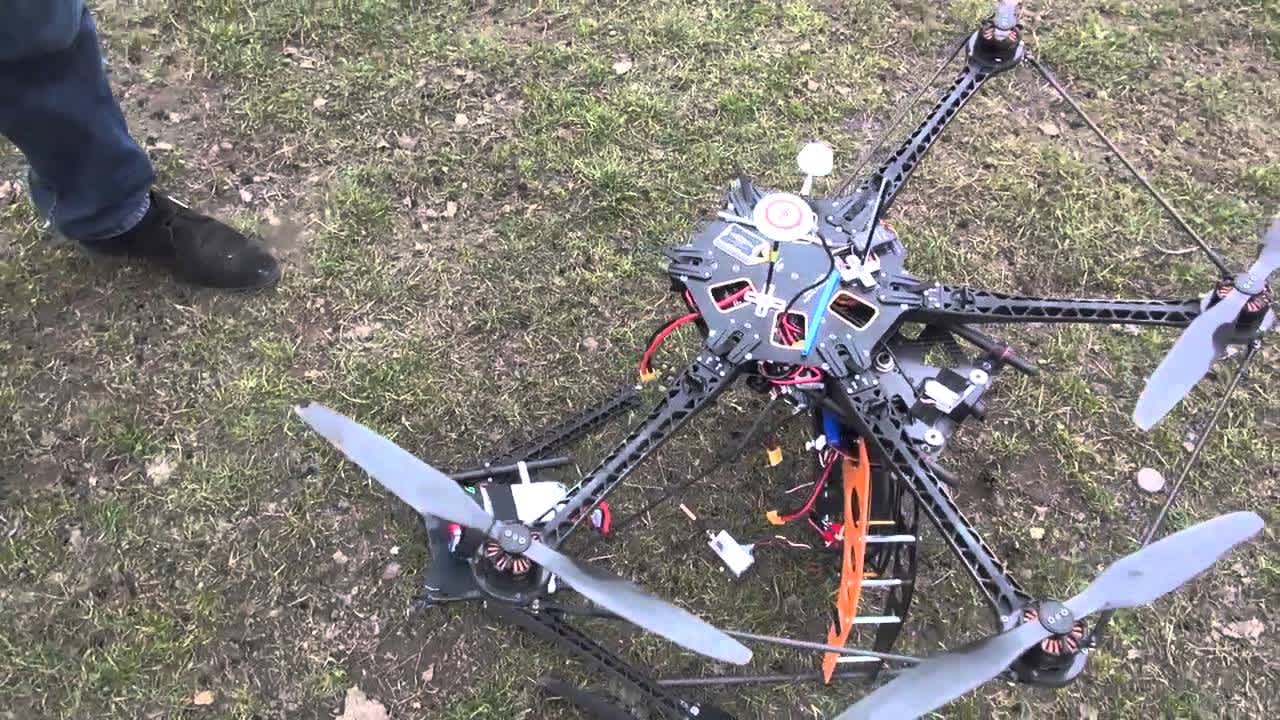
News
Published on 16 Dec 2014
James Willoughby
Crashes. Our Top 5 Causes
As the official UK DJI Repair Centre, Heliguy has plenty of experience in dealing with the aftermath of crashes and getting clients back in the air. ... Read More
As the official UK DJI Repair Centre, Heliguy has plenty of experience in dealing with the aftermath of crashes and getting clients back in the air. But what is the main cause of accidents? At Heliguy, we always fit iOSD's to our largest rigs such at S1000's, S900's and Cinestars. Because of this, we are able to carry out effective post mortem in an effort to determine the cause of each incident. CRASH-new.jpg Crashed Drone!
Number 1: Low Throttle
Any rotary aircraft (both manned and unmanned) are not designed to descend into 'dirty' air. A helicopter pilot will always make his landing approach at an angle. He will never drop down onto the spot from altitude. The same goes for UAV's, wherever possible, you should try to descend slowly with lateral velocity. Equally, an airframe with DJI flight control will stop dead mid flight if you drag your sticks to the corners. You won't be coming back from this one.
Number 2: Failsafe Mistakes
Continuing with the throttle theme, we have recently seen a few clients make a really simple mistake in the heat of the moment. If you attempt to regain stick control whilst your rig is in failsafe, you need to make sure your throttle is in the 50% (hover) position before you toggle that GPS switch. If your throttle stick is too low the rig will immediately lower its RPM to that value. If you are at 10% for example, your rig will plummet like a stone as soon as you regain control.
Number 3: Loose Compass
If you have a naked airframe you will be well aware of how important your DJI Compass (otherwise known as the GPS unit) is. Those of you with a Phantom don't really have to worry too much as its hidden securely inside and can't be knocked. If however your GPS is on a stalk, your most important pre-flight check is going to be centred around that compass. You need to make sure its stuck safely in place and that the arrow is pointing dead forward. wkmgps_01.jpg DJI Wookong M GPS V2 If your compass were to come off mid flight your stick inputs would no longer send the rig where you anticipated. Ultimately the flight control would get confused and you would be lucky to make a crash landing whilst in GPS mode. If you are unlucky enough to experience this your immediate reaction should be to switch to manual flight mode (not ATTI) and make as safe a landing as is possible.
Number 4: Flying Where You Shouldn’t.
Flying in areas of high magnetic interference is something you should strive to avoid. High voltage power lines, TV Masts and radio transmitters are all things to avoid. Areas of intense WiFi activity are also best to give a miss. We recommend you check out your surroundings on Google maps before you fly and invest in a spectrum analyser to check your flight control frequency (usually 2.4Ghz and 5.8Ghz for the Phantom Vision) is nice and clear.
Number 5: Flat Batteries.
We really shouldn't have to tell you this one. Unfortunately though, people still get it wrong when it comes to LiPo's. Around 20% fuel level on a LiPo battery is about the optimum level you should not dip below. Even if you have a battery at 35% we wouldn't recommend starting a new flight with this. Likewise, when it comes to new batteries, you should try and run them in for the first 5 or so flights by depleting them down to 40% and no more. If you have traditional batteries, you should always use a digital battery capacity checker to look after your LiPos.
